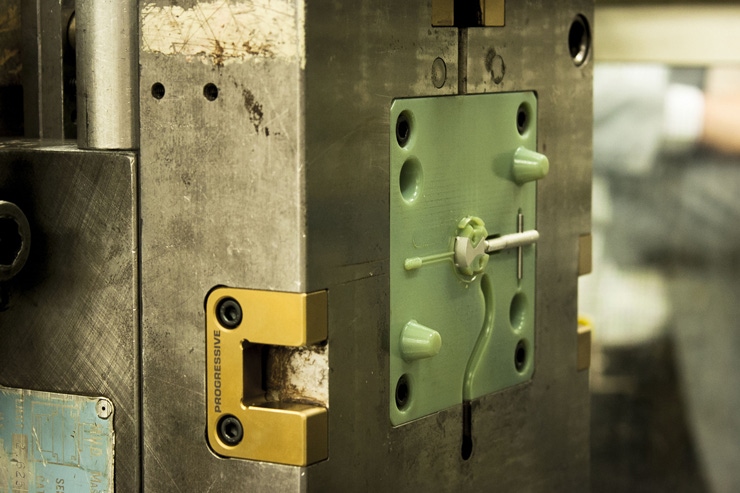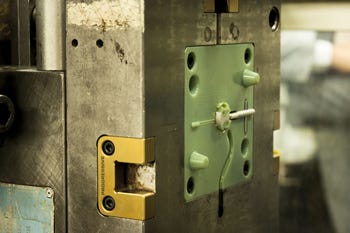A leading supplier of 3D-printing technology and a design and development company with a strong medtech pedigree are teaming up to promote the use of 3D-printed injection molds by medical device manufacturers. Stratasys Ltd. (Rehvoot, Israel) and Worrell (Minneapolis, MN) will jointly attend international tradeshows and host a series of workshops to educate the medical industry on the process and demonstrate its impact on manufacturing.
October 30, 2014

A leading supplier of 3D-printing technology and a design and development company with a strong medtech pedigree are teaming up to promote the use of 3D-printed injection molds by medical device manufacturers. Stratasys Ltd. (Rehvoot, Israel) and Worrell (Minneapolis, MN) will jointly attend international tradeshows and host a series of workshops to educate the medical industry on the process and demonstrate its impact on manufacturing. Prototypes can be molded in final production materials as much as 95% faster and for 70% less cost using 3D-printed injection mold tooling instead of traditional aluminum molds, according to the companies.
 As PlasticsToday reported earlier this year in an article profiling Worrell, medical device manufacturers traditionally face two main obstacles in getting medical devices to market in a timely manner: tooling costs and the FDA regulatory process. Traditional tooling is both costly and time-consuming, as new molds must be created every time a prototype is refined before manufacturing. To reduce potential iteration risks and tooling costs, Worrell uses Stratasys' PolyJet-based 3D printers to create injection molding tools, and then injects the same materials that will be used in a finished medical device, creating high-fidelity prototypes.
As PlasticsToday reported earlier this year in an article profiling Worrell, medical device manufacturers traditionally face two main obstacles in getting medical devices to market in a timely manner: tooling costs and the FDA regulatory process. Traditional tooling is both costly and time-consuming, as new molds must be created every time a prototype is refined before manufacturing. To reduce potential iteration risks and tooling costs, Worrell uses Stratasys' PolyJet-based 3D printers to create injection molding tools, and then injects the same materials that will be used in a finished medical device, creating high-fidelity prototypes.
"We were recently approached by medical device startup MedTG to design and engineer a dual-flow needleless blood-collection system that reduced the need for multiple injections, thereby increasing patient comfort and hospital efficiency," explained Worrell CEO Kai Worrell in a news release. "Utilizing 3D-printed injection molds to prototype the device, we were able to reduce the costs associated with traditional tooling by approximately 70%, as well as cutting times by 95%," explains Kai Worrell, CEO at Worrell.
"We have recognized a significant under-utilization of the 3D-printed injection molding process in medical device development, and we're working with Worrell to help fill this gap," says Nadav Sella, Senior Manager of Manufacturing Tools at Stratasys. "Worrell is a leading design firm with the expertise and infrastructure necessary to integrate injection molding and 3D printing within the product development cycle. In an industry where products have the potential to save lives, we want to use this collaboration to demonstrate how medical device manufacturers can bring their products to market significantly faster than ever before."
About the Author(s)
You May Also Like


